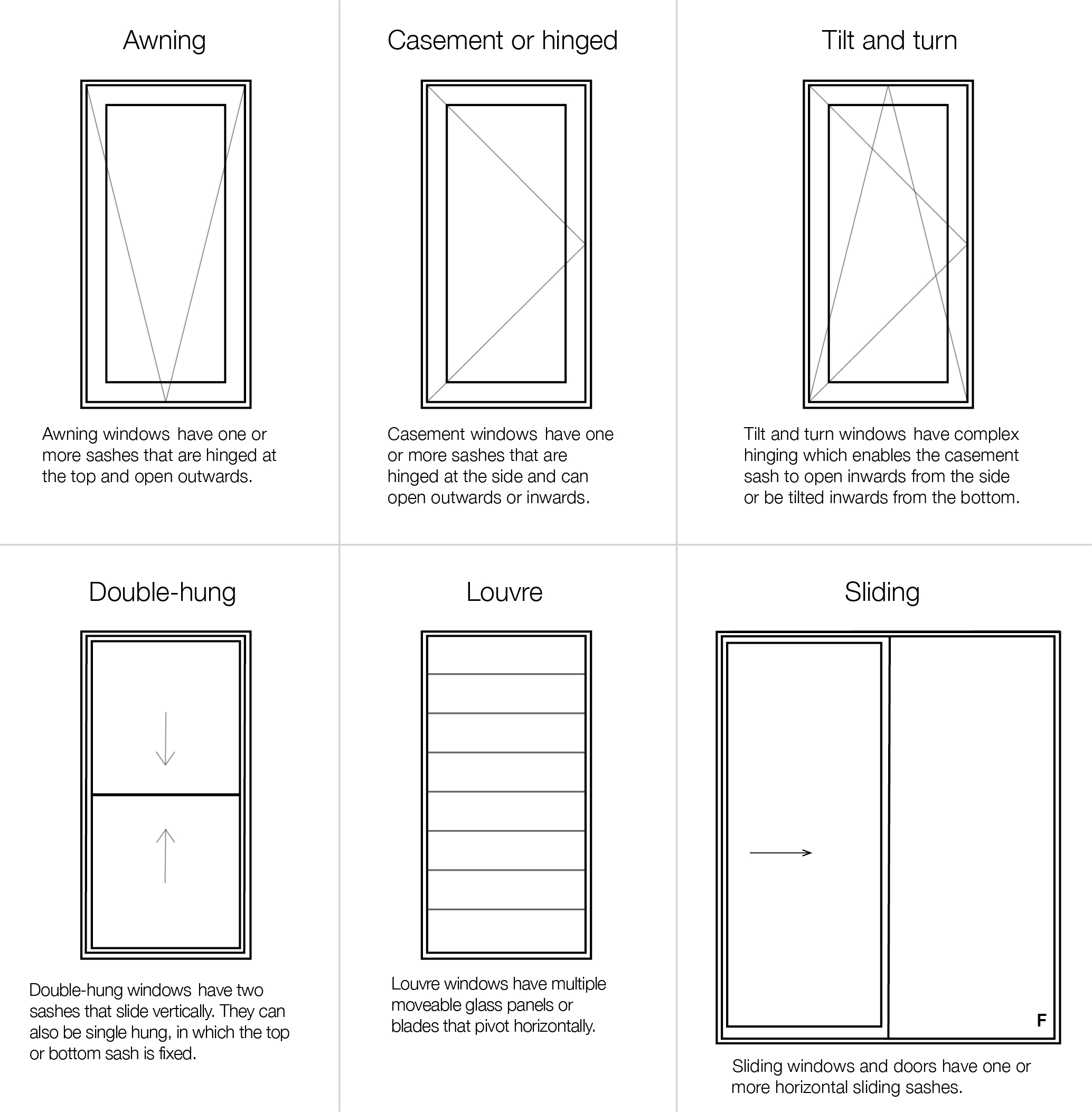All Categories
Featured
Table of Contents
Buy Double Glazed Upvc Sliding Doors In Sydney in Seville Grove WA
Laminated glass is typically utilized in locations in the house most susceptible to injury from human effect such as bathrooms, doors, around staircases and in locations close to the floor (it meets the requirements of 'security glass' that is mandated for usage in these areas by Australian Standard AS 1288 Glass in buildings).
Toughened glass has actually been 'tempered' by being reheated and quickly cooled again. This process makes it much more powerful than standard glass it can withstand greater effect loads prior to breaking. It also makes it much safer since, when it does shatter, it gets into numerous little cubic pieces instead of dangerous shards.
Double Glazed Windows Melbourne - Upvc - German ... in Beechboro Western Australia
Toughened glass has no thermal or acoustic benefits over other glass of the same toning or thickness. Secondary glazing is where single-glazed windows are retrofitted with a transparent acrylic or glass sheet connected to the within the frame or openable sash with a secondary frame or with magnetic strips.


Secondary glazing will not perform also thermally as a manufactured IGU, considering that it is impossible to absolutely seal the boundary, but it can offer great sound control. Window movies are a thin polymer movie containing an absorbing dye or reflective metal layer, with an adhesive support. They stick to your glazing to alter its colour or make it reflective.
What Is Double Glazing Windows And Doors? in Madeley WA
Applied to existing glass, some window movies can cut in half the total SHGC of the window by absorbing and/or showing solar radiation. This can be particularly beneficial in hotter environments where cooling is the primary issue, or on east and west elevations directly exposed to extended periods of sunlight. Window films might also minimize visible light transmittance.

For this factor, it is typically best to use an accredited installer of window movie. Frames have a substantial influence on the thermal performance of doors and windows, since energy can be gained and lost through the frame, along with through the glass. Different types of frame will enable different levels of heat gain and loss, so cautious choice of frame is necessary for reliable passive style.
What Are The Benefits Of Double Glazed Windows? in Hocking WA
However, aluminium is also a great conductor of heat and will reduce the insulating value of a glazing system, unless particularly crafted to reduce this. A 'thermally broken' frame is comprised of 2 aluminium sections connected by a structural insulator (usually a low-conductivity structural polymer). This 'breaks' the thermal connection through the aluminium and reduces the heat streaming through the frame.
Lumber frames are a good natural insulator that can fit some house styles. Lumber frames need to be made from species that have naturally high durability or be treated to avoid decay and contortion.
Improve Your Home's Energy Efficiency With Double Glazing in West Perth Western Australia
(weather condition removing) is set up.
u, PVC doors and windows have outstanding thermal performance Picture: Ben Wrigley (Light House Architecture and Science) Composite frames use aluminium profiles on the outer sections with either a lumber or u, PVC inner section. These combine the low upkeep and toughness of aluminium with much improved thermal performance.
Table of Contents
Latest Posts
8 Benefits Of Double Glazing To Take Advantage Of in Orelia Perth
Which Type Of Double Glazed Window Frame Is Right For You? in Ocean Reef Western Australia
Twinglaze® Double Glaze Specification Act - Vic in Inglewood WA
More
Latest Posts
8 Benefits Of Double Glazing To Take Advantage Of in Orelia Perth
Which Type Of Double Glazed Window Frame Is Right For You? in Ocean Reef Western Australia
Twinglaze® Double Glaze Specification Act - Vic in Inglewood WA